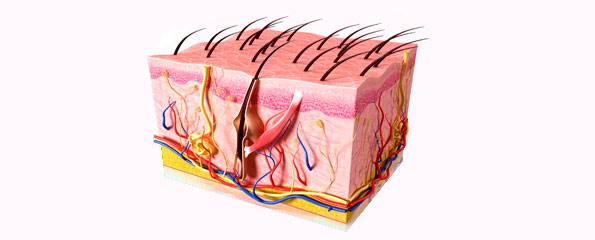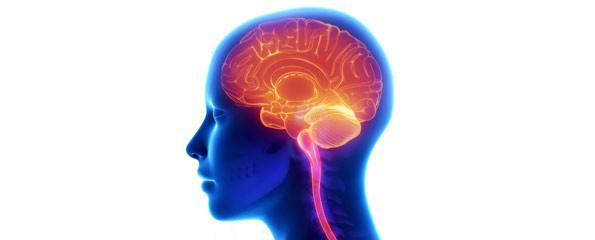
Children's health
22 Dec 2005
Neuropathic pain (nerve pain)
Neuropathic pain does not help protect from injury like physiological pain, but is instead caused by an injury to or dysfunction of the nervous system.

Anatomy
22 Dec 2005
Skin (epidermis) anatomy
The skin or epidermis is the largest organ in the body. Layers of epidermis (skin) regulate temperature and sensation and create a protective barrier.

Heart
20 Dec 2005
Dual Inhibition
Dual inhibition is a cholesterol lowering therapy in which two types of medications (a statin and ezetimibe) are combined to treat hypercholesterolaemia.

Heart
15 Dec 2005
Statins
Statins are a class of lipid-lowering drugs used to treat hypercholesterolaemia, in which there are high levels of LDL (bad) cholesterol in the blood.

Children's health
15 Dec 2005
Food allergy
Food allergies are common in children and adults. Peanuts, milk and dairy products, eggs, meat and fish are the most common food allergens.

Blood
14 Dec 2005
LDL (Low Density Lipoprotein) Cholesterol Lowering
Low density lipoprotein cholesterol lowering therapies are used to treat high cholesterol levels and reduce the progression of heart disease.

Chronic Pain
11 Dec 2005
Pelvic inflammatory disease (PID)
Pelvic inflammatory disease is inflammation of the womb, fallopian tubes and/or ovaries, usually due to untreated sexually transmitted infections (STIs).

Chronic Pain
01 Dec 2005
Phantom limb pain
Phantom limb pain occurs after amputation. The amputee experiences painful sensations, often similar to the pain in the limb prior to amputation.

Children's health
27 Oct 2005
Epileptic seizures (epileptic fits; status epilepticus)
Epileptic seizures cause a jerking and shaking movement and loss of consciousness which usually stops spontaneously. They affect blood flow to the brain.
